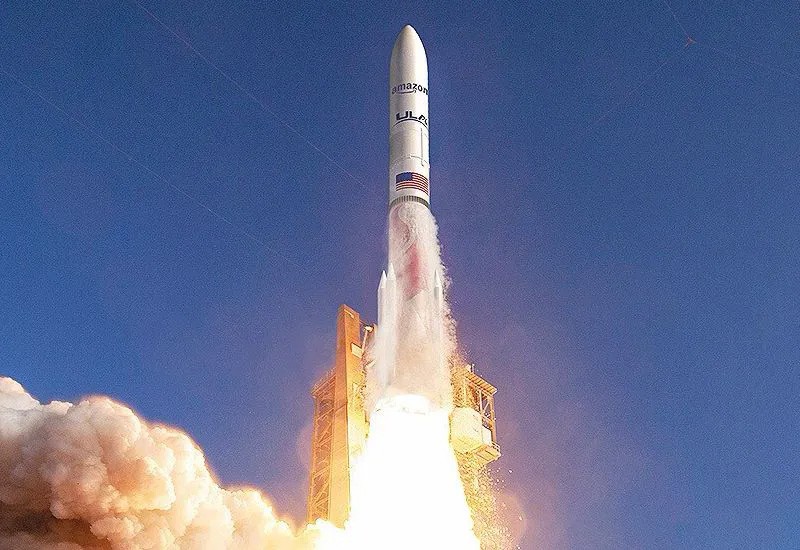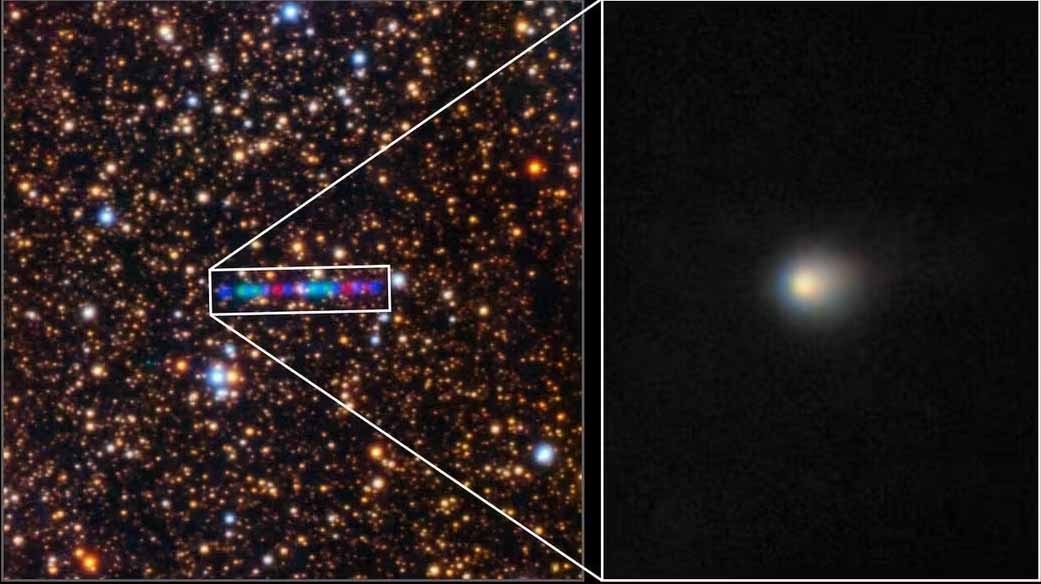Short-term disturbances in the Earth's magnetosphere observed in mid-July attracted the attention of space weather experts. According to the latest data, the reason for the current increase in geomagnetic activity was the flow of fast solar wind from a coronal hole on the Sun that formed earlier. This hole has an atypical shape, which explains the features of interaction with the Earth's magnetic field.
Coronal holes are regions of the solar corona with a reduced density and temperature, where the magnetic field is open to the outside. Through these areas, the high-speed solar wind freely escapes into interplanetary space, reaching the Earth with a time lag. In this case, the impact appeared on July 13, causing increased fluctuations in the geomagnetic field recorded by monitoring stations.
Although the observed surge coincided with an increase in solar flare activity, experts emphasize that in this case, flares are not the cause of geomagnetic disturbances. Unlike coronal mass ejections, flares themselves do not always cause a storm unless accompanied by powerful streams of charged particles.
It is expected that the first half of this week will remain tense in terms of geomagnetic conditions. Disturbances can reach the level of weak storms (G1 on the NOAA scale), which can potentially affect radio communications, navigation systems and power grids in high latitudes. At the same time, experts continue to monitor the situation in real time using global data from satellites and ground-based observatories.
The formation of non-standard shaped coronal holes may be associated with the transition phase of solar cycle 25, which is approaching its maximum. This phase is usually characterized by increasing activity and the appearance of structures capable of generating high-speed wind flows, even in the absence of large flares.
Operational updates on geomagnetic activity and impact forecasts are published by specialized space weather monitoring centers, and in the coming days, special attention is being paid to potential effects on satellite infrastructure, aviation, and high-frequency communications.













